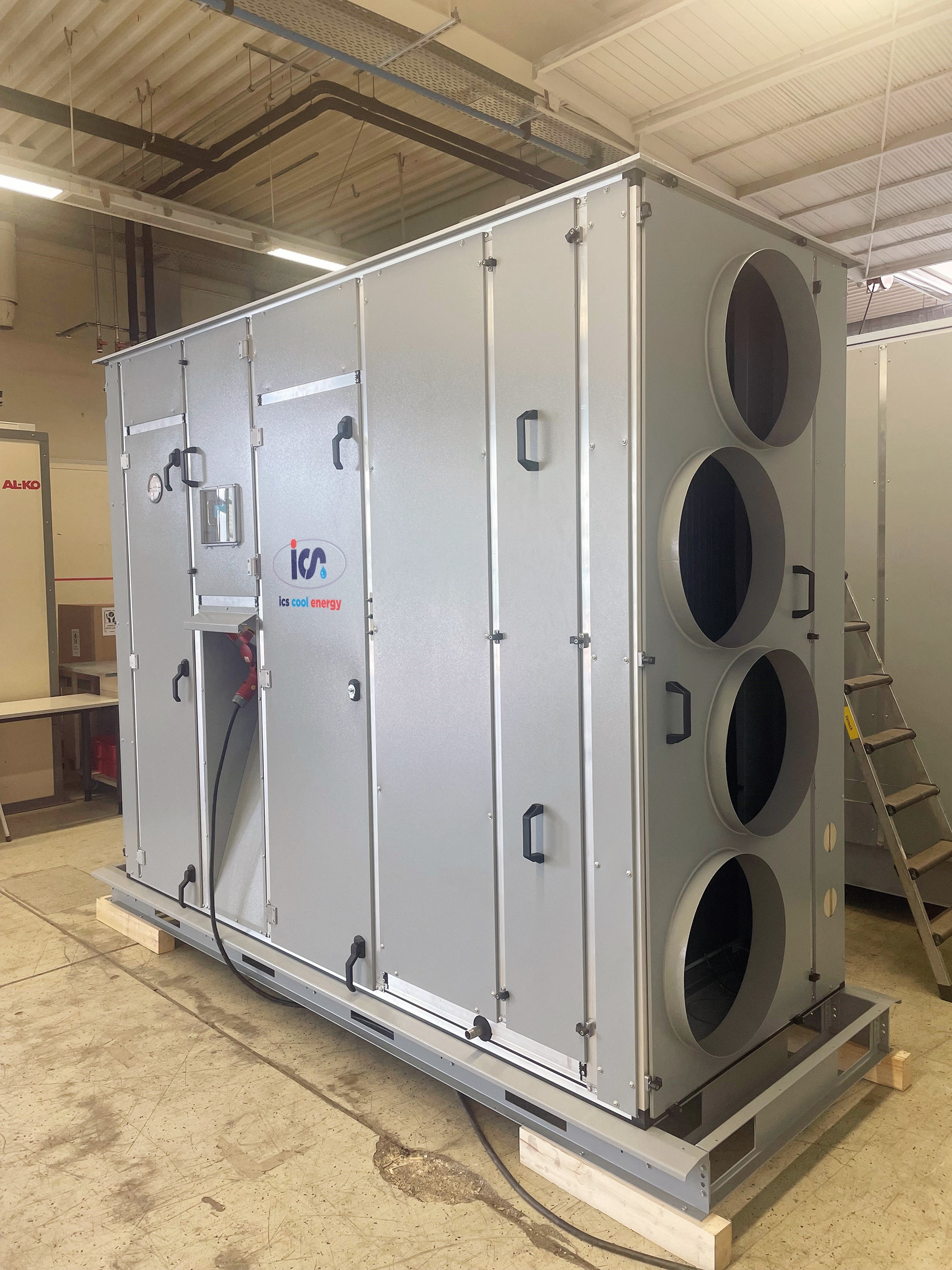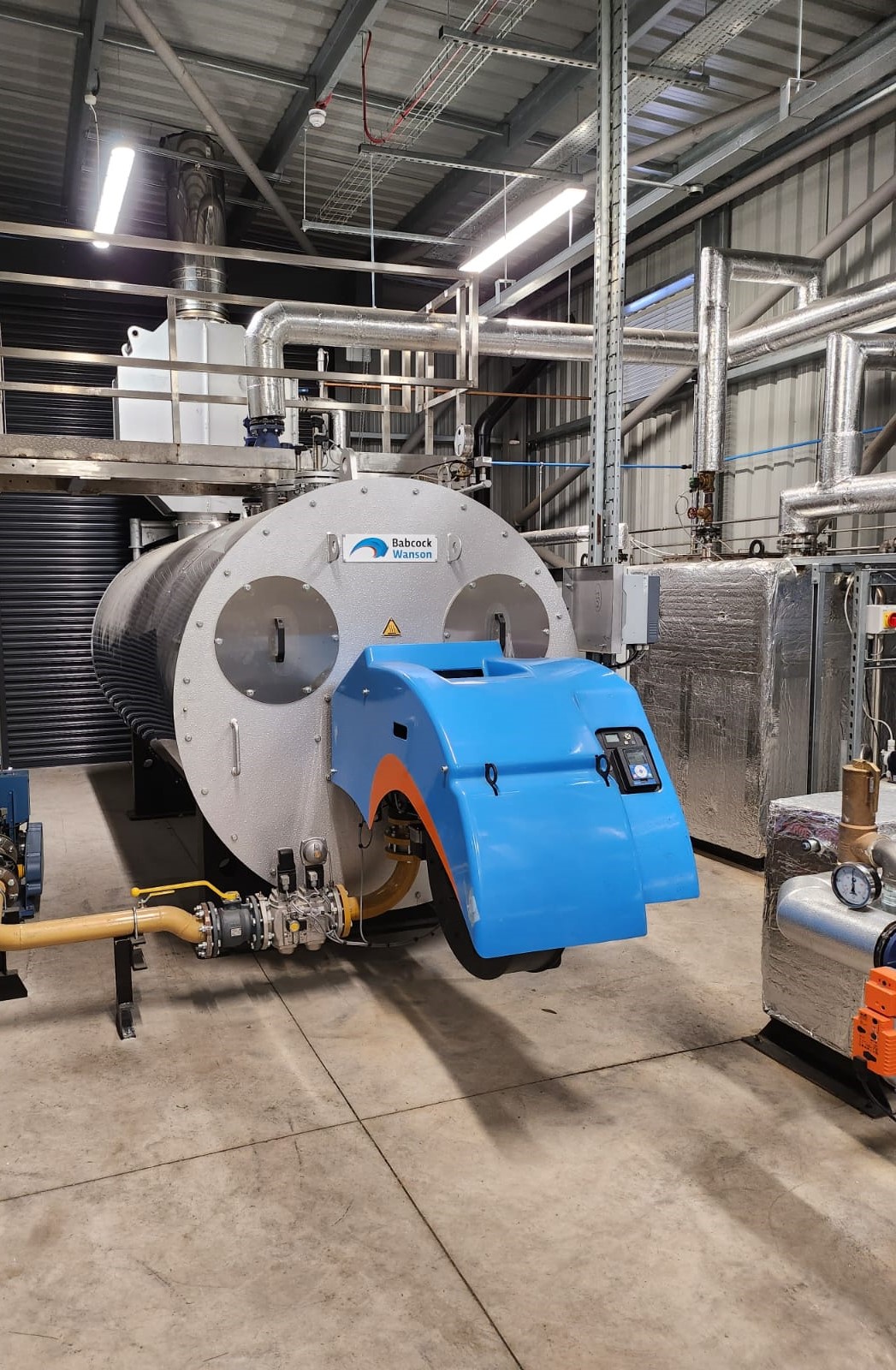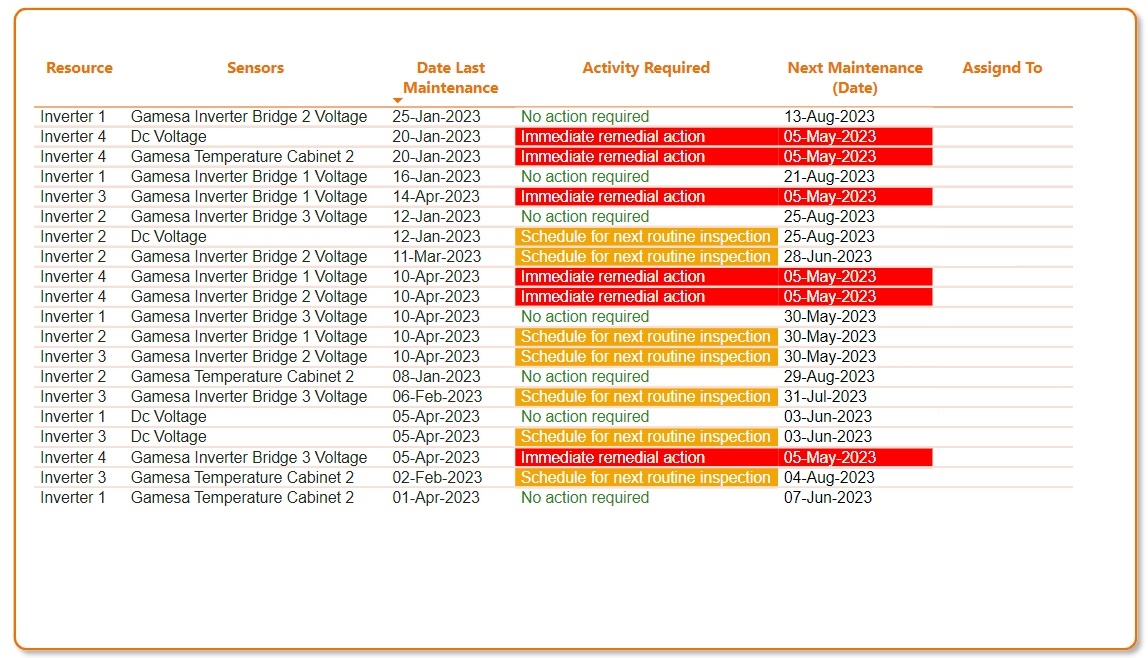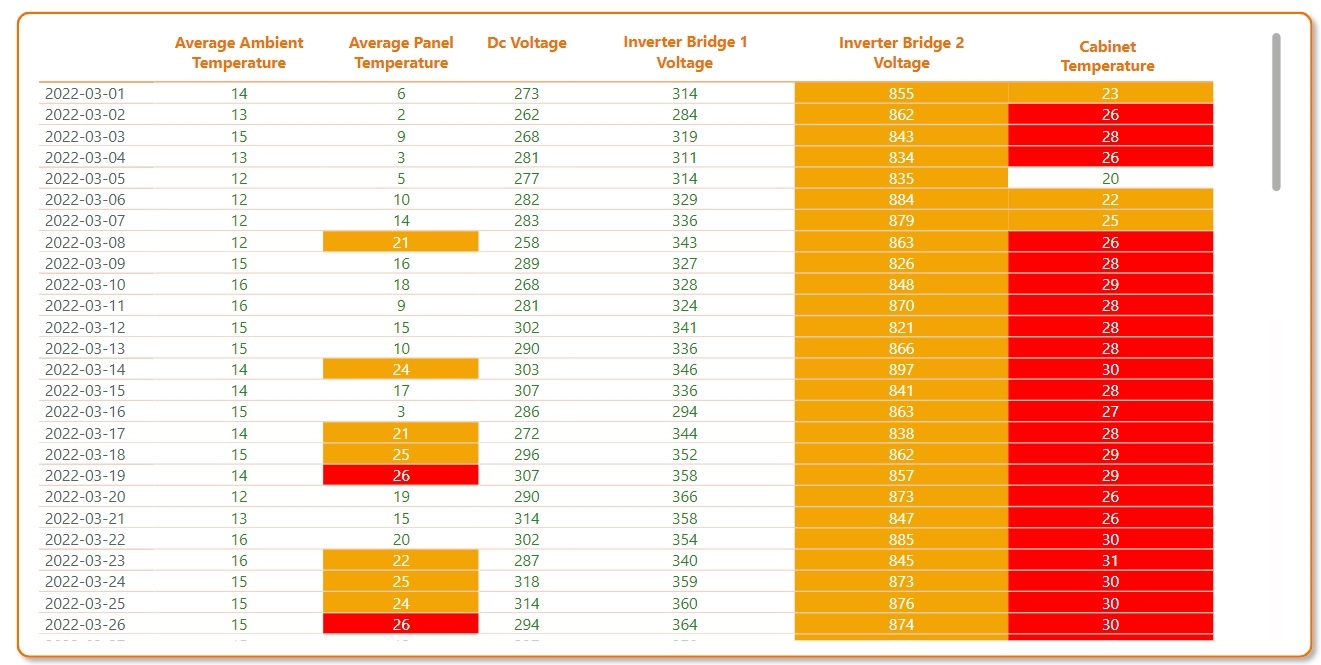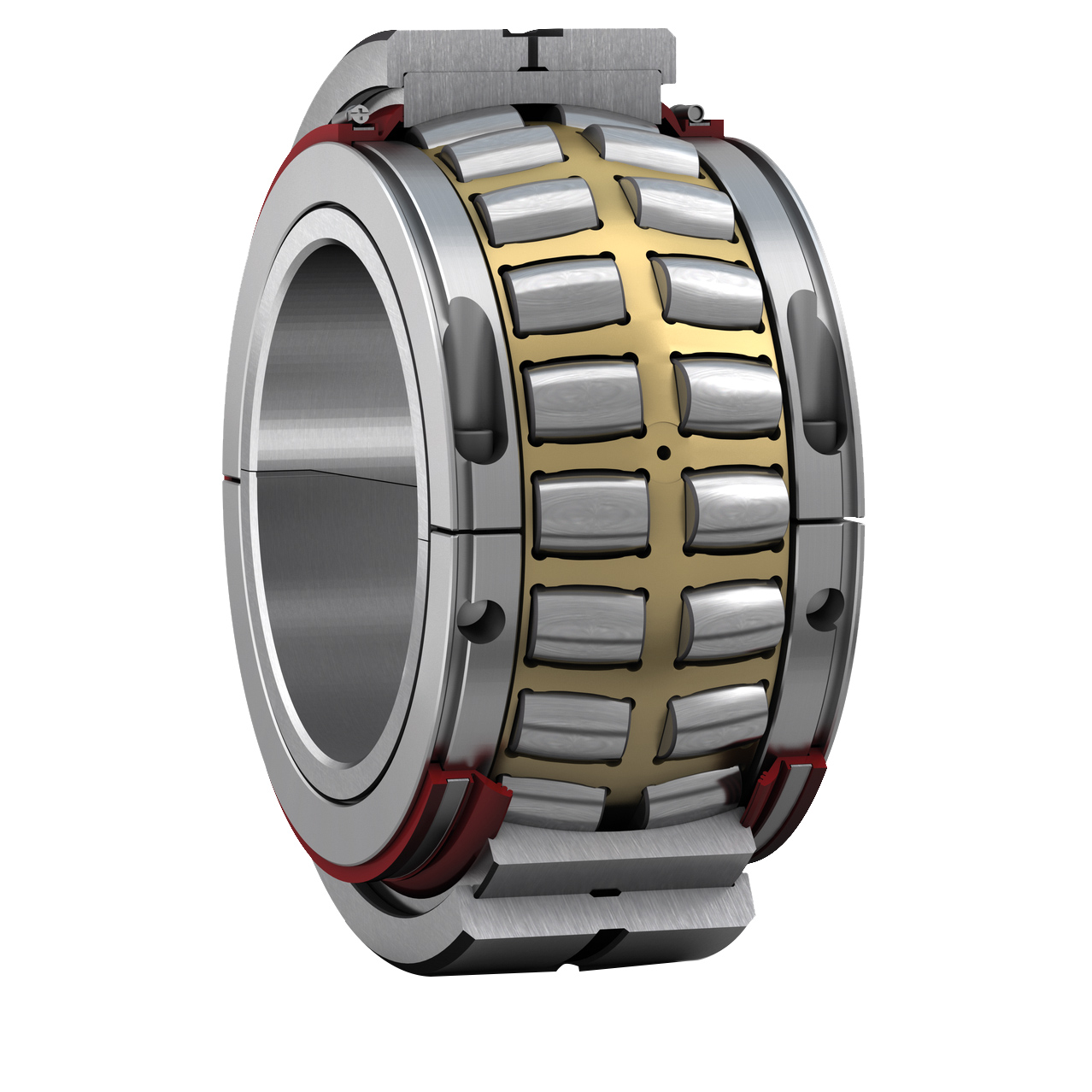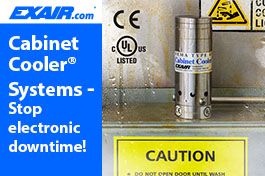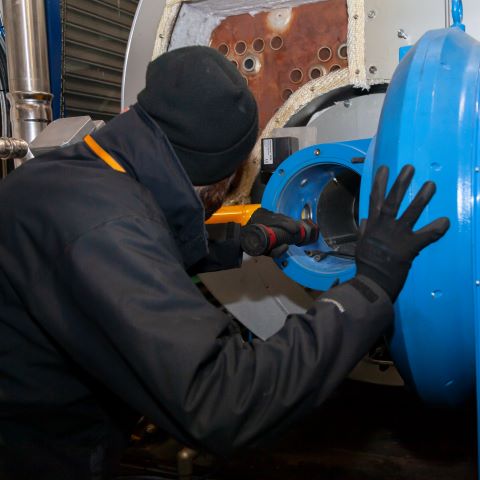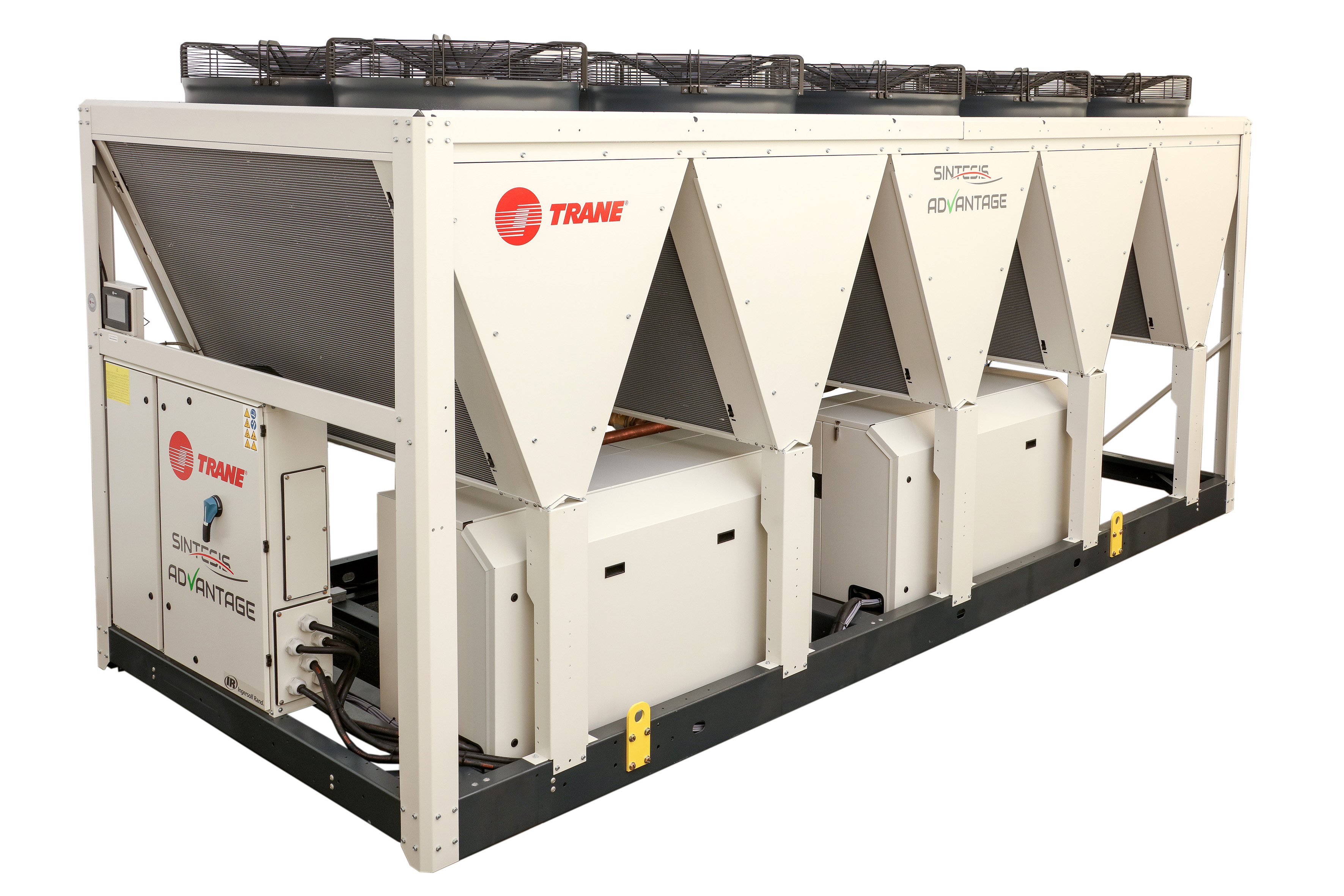
Trane heat pumps replaced gas-boilers to deliver clean, renewable heat as part of the municipality’s overall project to eliminate the schools’ CO2 emissions.
The project has made 31 nurseries, kindergartens, elementary schools, and middle schools buildings in Fiumicino carbon-neutral, sustainable and energy-autonomous.
Trane®, a leading global provider of indoor comfort solutions and services and a brand of Trane Technologies, announced today its heat pump solutions have been instrumental in decarbonising the heating systems of 31 schools in the Italian district of Fiumicino. Replacing gas boilers and electrifying the schools’ heating systems is part of the municipality’s project to convert all schools in Fiumicino into carbon neutral, energetically sustainable and autonomous buildings.
The overall project including the electrification of heating systems, installation of photovoltaic systems, replacement of lamps with new LED lights and creating of a fully automated management system will generate energy savings equivalent of around 650 TOE (Tonnes of Oil Equivalent) of heat and electricity, correspondent to the reduction of atmospheric emissions of almost 1,400 tonnes of CO2 per year.
The new, sustainable heating systems in Fiumicino’s schools are based on a total of 40 Trane Sintesis Advantage CXAF, Conquest CXAX and Cube CXB air-to-water heat pumps, which contribute to the overall emission reduction with an estimated average of up to 390 tonnes of CO2 per year.
“By rethinking how we manage our heating and cooling systems, and moving away from the historic, fossil fuel-driven approach, we can reset our course and radically reduce the emissions of our buildings,” said Louis Rompre, portfolio manager at Trane in Europe, Middle East and Africa. “With gains in the decarbonisation of the electricity grid, the future of how we heat our buildings must surely be electric, contributing to safer buildings and improving the air quality of our cities. Replacing gas boilers that contribute significantly to NOx and CO2 emissions worsening the air quality around schools is particularly important for the wellbeing of children and neighbours. The decarbonisation project in Fiumicino that Trane is proud to be part of, is a great example of how a Municipality can put existing technology to work to become one of the greenest districts in Italy.”
The decarbonisation of the nurseries, kindergartens, elementary and middle schools’ heating systems involved the redevelopment of 31 thermal power plants, removal of old gas boilers and installation of highly efficient Trane heat pumps. Sourcing energy from the ambient air, with zero direct greenhouse gas (GHG) emissions, these air-to-water heat pumps offer a renewable energy solution to traditionally carbon-intensive space heating demands:
- Trane Sintesis™ Advantage CXAF provides best-in-class efficiency levels at Eurovent Class A full load performance. The Sintesis™ Advantage CXAF heat pumps offer market leading operating maps and can deliver 40°C hot water even at -15°C ambient air temperature, enough for conventional low-temperature space comfort heating. For boiler installations coupled with medium temperature radiators in average requiring hot water of 45°C - the Sintesis™ Advantage CXAF can efficiently meet that requirement at -10°C ambient air temperature.
- Trane Conquest CXAX air-to-water scroll heat pump delivers reversible cooling and heating at wide operating maps reaching down to -15°C ambient air and offers up to 60°C leaving hot water temperature. Trane Conquest CXAX heat pumps combine high performance and reliability in a compact design ensuring lower noise, without reducing efficiency or affecting the footprint.
- Trane Cube CXB air-to-water heat pumps produce leaving hot water up to 65°C and down to
-10°C outdoor air temperature. With low ambient air kit, the unit can provide up to 55°C down to -20°C outdoor air temperature.
The electrification of school heating project in Fiumicino initiated in 2021 is now completed with the Trane system fully operational.
Trane’s extensive network organization includes teams of highly trained professionals available 24/7 to provide technical assistance, advice, and support. Trane customers receive prompt and effective assistance whenever they need it and can benefit from the company’s commitment to delivering energy-efficient and sustainable solutions that help reduce carbon footprint and achieve sustainability goals.
Providing sustainable cooling and heating solutions is part of Trane’s and Trane Technologies’ overall approach to reducing carbon emissions in the industries and markets they serve. It helps advance the 2030 Sustainability Commitments, including the Gigaton Challenge to reduce customer greenhouse gas emissions by 1 billion metric tons.
For more details of on the complete Trane portfolio of solutions, please visit www.Trane.eu
Trane heat pumps replaced gas-boilers to deliver clean, renewable heat as part of the municipality’s overall project to eliminate the schools’ CO2 emissions.
The project has made 31 nurseries, kindergartens, elementary schools, and middle schools buildings in Fiumicino carbon-neutral, sustainable and energy-autonomous.
Brussels, Belgium, July 6, 2023 - Trane®, a leading global provider of indoor comfort solutions and services and a brand of Trane Technologies, announced today its heat pump solutions have been instrumental in decarbonising the heating systems of 31 schools in the Italian district of Fiumicino. Replacing gas boilers and electrifying the schools’ heating systems is part of the municipality’s project to convert all schools in Fiumicino into carbon neutral, energetically sustainable and autonomous buildings.
The overall project including the electrification of heating systems, installation of photovoltaic systems, replacement of lamps with new LED lights and creating of a fully automated management system will generate energy savings equivalent of around 650 TOE (Tonnes of Oil Equivalent) of heat and electricity, correspondent to the reduction of atmospheric emissions of almost 1,400 tonnes of CO2 per year.
The new, sustainable heating systems in Fiumicino’s schools are based on a total of 40 Trane Sintesis Advantage CXAF, Conquest CXAX and Cube CXB air-to-water heat pumps, which contribute to the overall emission reduction with an estimated average of up to 390 tonnes of CO2 per year.
“By rethinking how we manage our heating and cooling systems, and moving away from the historic, fossil fuel-driven approach, we can reset our course and radically reduce the emissions of our buildings,” said Louis Rompre, portfolio manager at Trane in Europe, Middle East and Africa. “With gains in the decarbonisation of the electricity grid, the future of how we heat our buildings must surely be electric, contributing to safer buildings and improving the air quality of our cities. Replacing gas boilers that contribute significantly to NOx and CO2 emissions worsening the air quality around schools is particularly important for the wellbeing of children and neighbours. The decarbonisation project in Fiumicino that Trane is proud to be part of, is a great example of how a Municipality can put existing technology to work to become one of the greenest districts in Italy.”
The decarbonisation of the nurseries, kindergartens, elementary and middle schools’ heating systems involved the redevelopment of 31 thermal power plants, removal of old gas boilers and installation of highly efficient Trane heat pumps. Sourcing energy from the ambient air, with zero direct greenhouse gas (GHG) emissions, these air-to-water heat pumps offer a renewable energy solution to traditionally carbon-intensive space heating demands:
- Trane Sintesis™ Advantage CXAF provides best-in-class efficiency levels at Eurovent Class A full load performance. The Sintesis™ Advantage CXAF heat pumps offer market leading operating maps and can deliver 40°C hot water even at -15°C ambient air temperature, enough for conventional low-temperature space comfort heating. For boiler installations coupled with medium temperature radiators in average requiring hot water of 45°C - the Sintesis™ Advantage CXAF can efficiently meet that requirement at -10°C ambient air temperature.
- Trane Conquest CXAX air-to-water scroll heat pump delivers reversible cooling and heating at wide operating maps reaching down to -15°C ambient air and offers up to 60°C leaving hot water temperature. Trane Conquest CXAX heat pumps combine high performance and reliability in a compact design ensuring lower noise, without reducing efficiency or affecting the footprint.
- Trane Cube CXB air-to-water heat pumps produce leaving hot water up to 65°C and down to
-10°C outdoor air temperature. With low ambient air kit, the unit can provide up to 55°C down to -20°C outdoor air temperature.
The electrification of school heating project in Fiumicino initiated in 2021 is now completed with the Trane system fully operational.
Trane’s extensive network organization includes teams of highly trained professionals available 24/7 to provide technical assistance, advice, and support. Trane customers receive prompt and effective assistance whenever they need it and can benefit from the company’s commitment to delivering energy-efficient and sustainable solutions that help reduce carbon footprint and achieve sustainability goals.
Providing sustainable cooling and heating solutions is part of Trane’s and Trane Technologies’ overall approach to reducing carbon emissions in the industries and markets they serve. It helps advance the 2030 Sustainability Commitments, including the Gigaton Challenge to reduce customer greenhouse gas emissions by 1 billion metric tons.
For more details of on the complete Trane portfolio of solutions, please visit www.Trane.eu
